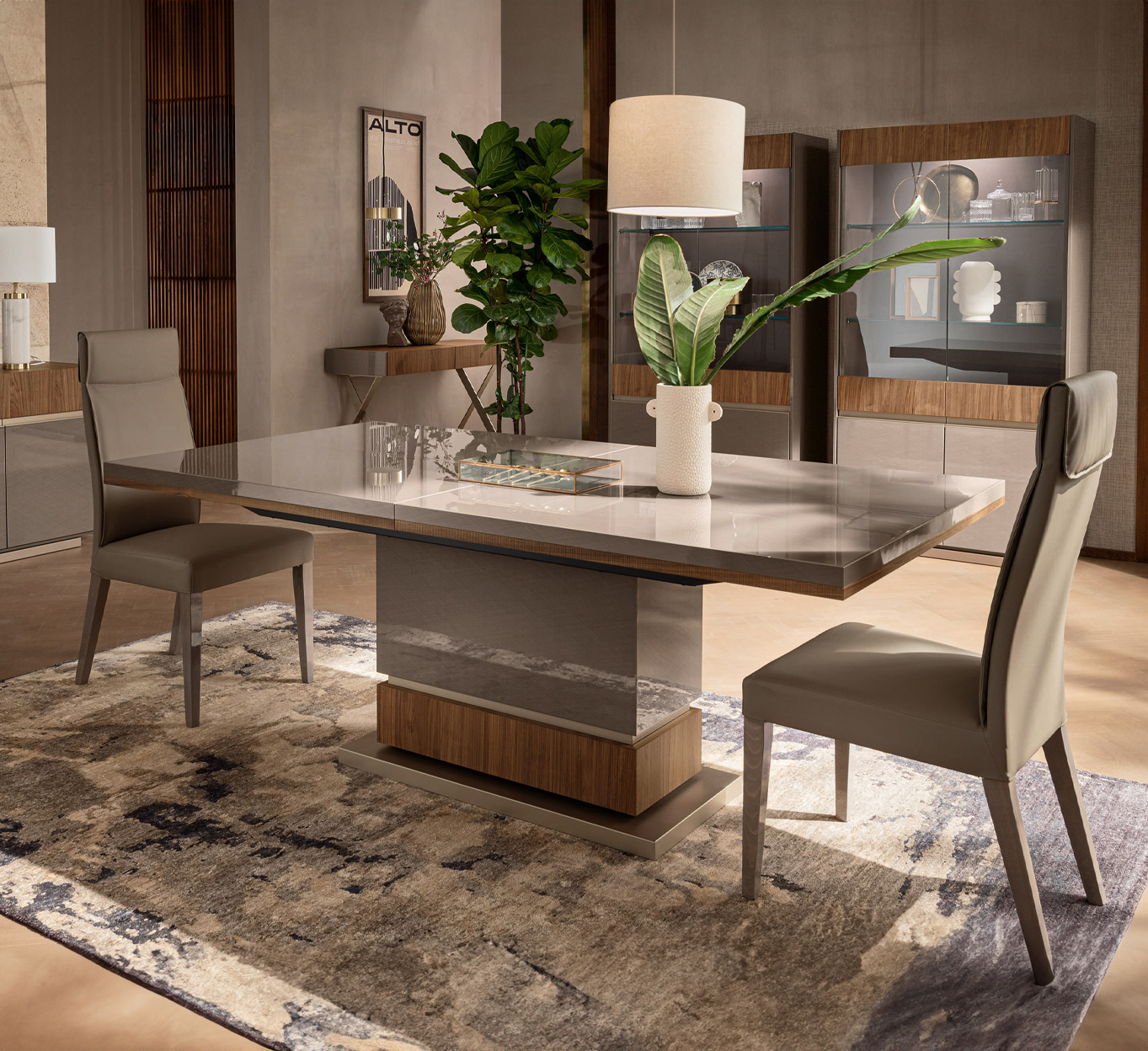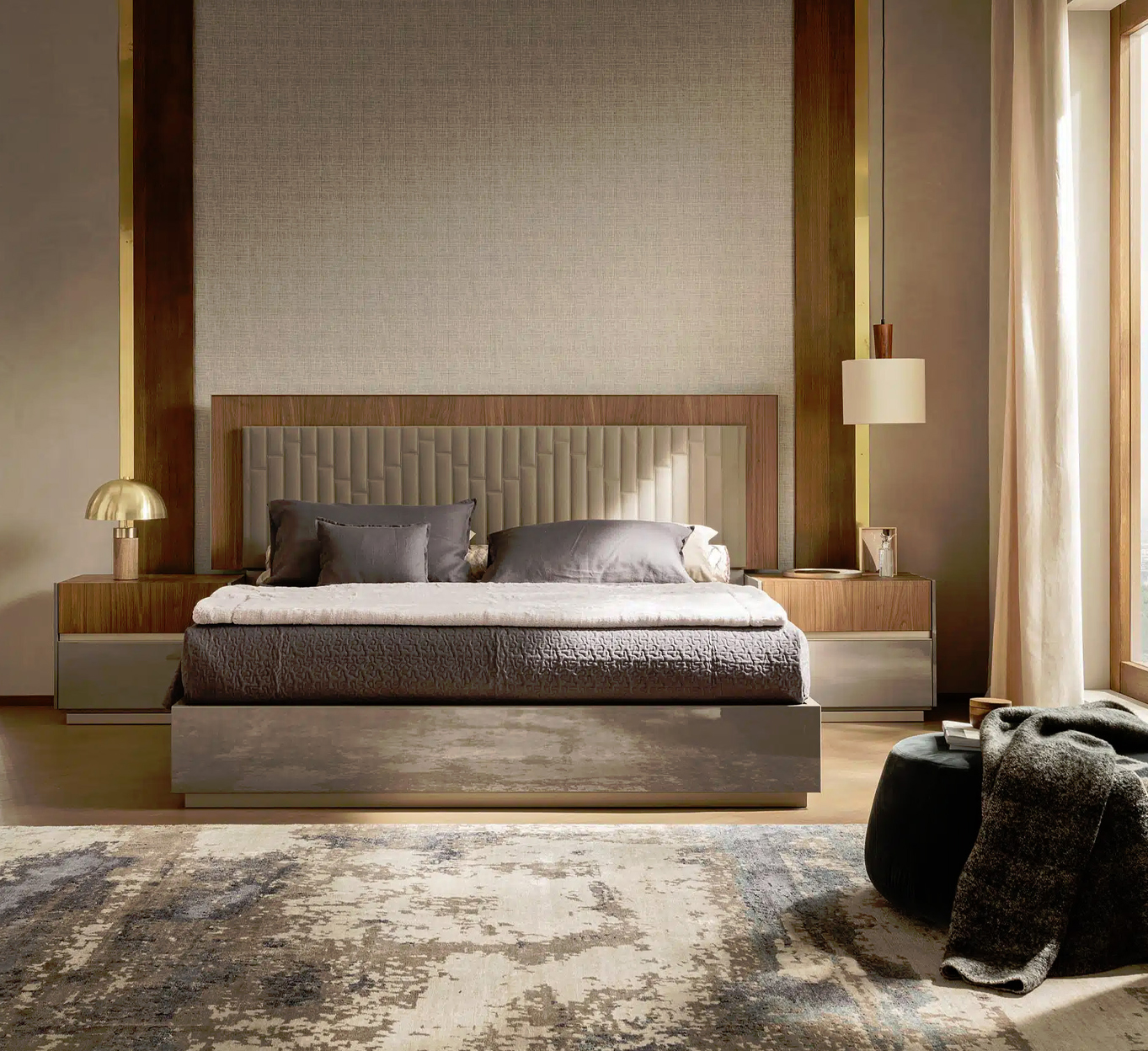Choosing the right coffee table for your living room is essential for both aesthetics and functionality. Whether you prefer wood coffee tables for a rustic touch or glass coffee tables for a modern feel, understanding the ideal dimensions and shapes can make all the difference. In this blog post, we'll explore the perfect height, size, shape, and space requirements for your coffee table to ensure it fits seamlessly into your living space.
Finding the Perfect Size for Your Living Room Coffee Table
Table of Contents
- What's the ideal height for a coffee table?
- How big should a coffee table be?
- Choosing the shape of your coffee table
- Space requirements around a coffee table
What's the ideal height for a coffee table?
The ideal height for a coffee table is generally between 16 to 18 inches, which is about the same height as the cushions on your sofa. This height ensures that items on the table are within easy reach, making it perfect for everything from holding drinks to displaying your favorite design coffee tables books. If you have a higher sofa, consider a taller table, or if you prefer a more casual feel, a slightly lower table might be ideal.
Additionally, think about how you use your coffee table. If you often entertain guests, a table at the same height as your seating will make it easier for everyone to reach their drinks and snacks. On the other hand, if you like to put your feet up on the table, a lower height might be more comfortable. Modern coffee tables often have adjustable heights, offering versatility for different needs and occasions.
How big should a coffee table be?

The size of your coffee table should be proportionate to the size of your living room and sofa. A good rule of thumb is to choose a coffee table that is about two-thirds the length of your sofa. For instance, if your sofa is 9 feet long, your coffee table should be around 6 feet in length. Wood coffee tables and glass coffee tables come in various sizes, so whether you need a small coffee table for a compact space or a large one for a spacious room, you'll find plenty of options to suit your needs.
Beyond length, consider the width of your coffee table. A standard width is about 18 to 24 inches, providing enough space for decor, books, and beverages without overwhelming the room. If you have a larger living area, you might opt for a wider table to fill the space adequately. Conversely, in smaller rooms, a narrower table can prevent the area from feeling cramped. Lift top coffee tables are a great option if you need additional storage without sacrificing space, as they offer hidden compartments beneath the tabletop.
Choosing the shape of your coffee table
When it comes to shape, the choice between oval, round, rectangular, and square coffee tables depends on your room layout and personal preference. Round and oval coffee tables are excellent for smaller spaces or for creating a softer, more inviting atmosphere. They also work well in homes with children since there are no sharp corners. Rectangular and square tables, on the other hand, are ideal for larger spaces and provide ample surface area for decor and practical use. Modern coffee tables often come in unique shapes and designs, adding a contemporary touch to your living room.
Consider how the shape of your coffee table will interact with your other furniture. For instance, a round table pairs well with sectional sofas, creating a natural flow in the seating area. An oval table can break up the monotony of straight lines in a rectangular room, adding visual interest. If you have a more eclectic style, look for unique shapes that reflect your personality and tie the room together. The key is to choose a shape that complements your existing furniture and enhances the overall design of your living room.
Space requirements around a coffee table
To ensure easy movement and a comfortable environment, leave about 18 inches of space between your coffee table and surrounding furniture. This allows for adequate legroom and prevents the area from feeling cramped. For lift top coffee tables, which provide additional storage and functionality, ensure there's enough clearance for the top to lift and extend without obstruction. Proper spacing is crucial, whether your coffee table is small or large, to maintain a balanced and harmonious living room layout.
In larger living rooms, you might have the luxury of more space, allowing for greater flexibility in table placement. Ensure that the coffee table doesn't disrupt the flow of traffic through the room. In smaller spaces, maximizing efficiency is key. Consider multifunctional tables that offer storage or can be easily moved. Remember, the goal is to create a layout that feels open and accessible, enhancing both the aesthetic and functionality of your living room.
By considering these factors, you can select the perfect coffee table that complements your living room decor and meets your practical needs. Whether you opt for the timeless appeal of wood coffee tables or the sleek elegance of glass coffee tables, understanding the ideal dimensions and shapes will help you make an informed choice.
 Part of Canadian Homes Since 1976
Part of Canadian Homes Since 1976









